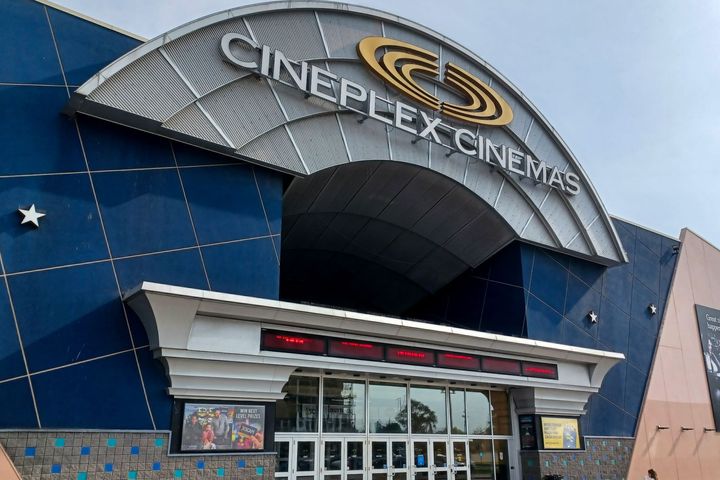Team behind Toronto Christmas bar opening second pop-up this year
One of the city's most popular Christmas-themed pop-up bars is going to be twice as nice this holiday season, as their sister location gears up to follow in its footsteps.
Over the past handful of holiday seasons, Christmas-themed bars in Toronto have gone from rare kitschy novelties to annual must-visits that are only multiplying in number year after year.
From Project Gigglewater's campy Miracle Toronto to the Fairmont Royal York's regular festivities, bars and restaurants across the city are chomping at the bit to get in on a little extra holiday cheer, and Ossington Mexican restaurant, Papi Chulo's is no exception.
For the past four years, each November has seen the bar transform into Mistletoes and Margaritas, a holly-jolly dreamland, complete with colourful string lights, ornaments dangling from the ceiling and seasonal specials.
Not wanting to let a single day of festive celebrations slip through their fingers, Papi Chulos will be kicking off Mistletoes and Margaritas on Monday, Nov. 4, and will continue to run it throughout the holiday season, following regular restaurant hours.
"This year's pop-up will be our best one yet," a representative from Papi Chulo's tells blogTO. "The venue is covered from top to bottom with Christmas décor."
They're also combining a selection of old favourite seasonal drinks with some new ones for a menu that's both fresh and festive, but that's not the only thing that's new this year.
While, over at Papi Chulo's, Mistletoes and Margaritas has cemented itself as one of the quintessential holiday bars in the city each winter, there's a new kid in town for the 2024 holiday season called Christmas on Queen, and it's moving in at Papi Chulos' Mediterranean sister restaurant, Aleria.
"We decided to launch [Christmas on Queen] due to the overwhelming popularity of Mistletoes & Margaritas," they tell blogTO.
Located in a larger venue with a capacity of around 120, the representative tells blogTO that the introduction of Christmas on Queen will allow even more patrons to be able to get in on the holiday magic.
The new pop-up will feature festive drinks, unique decor and a live DJ spinning on Friday and Saturday nights. It'll also be able to accomodate a select number of reservations and larger parties to make your visit even smoother.
Similar to Mistletoes and Margaritas, Christmas on Queen kicks off Nov. 4 and is set to run seven days a week during regular business hours.
Latest Videos
Latest Videos
Join the conversation Load comments







